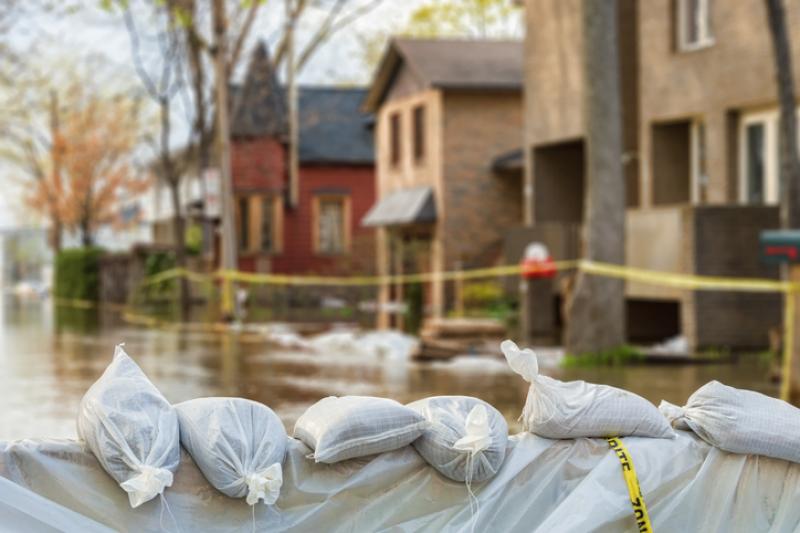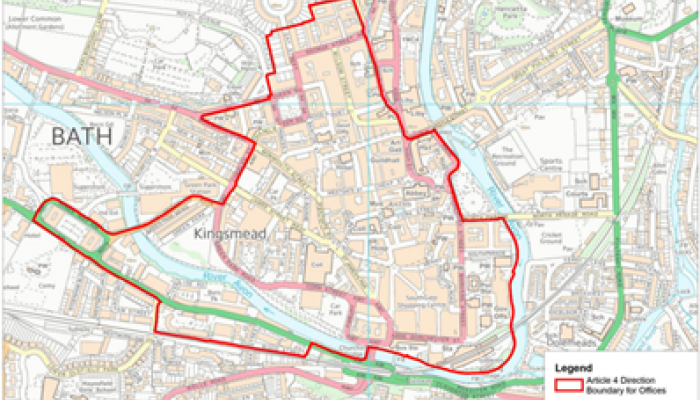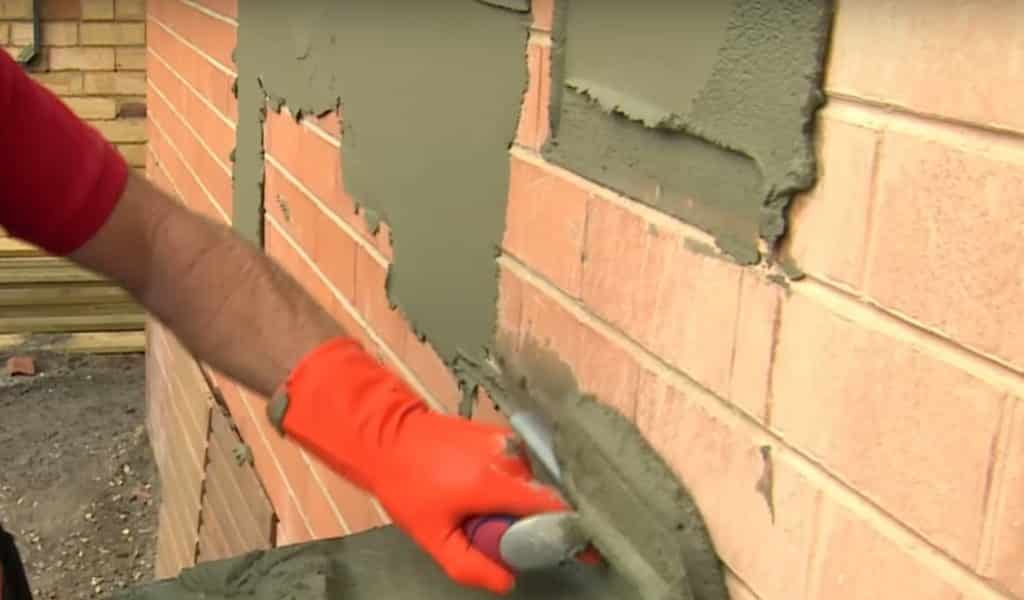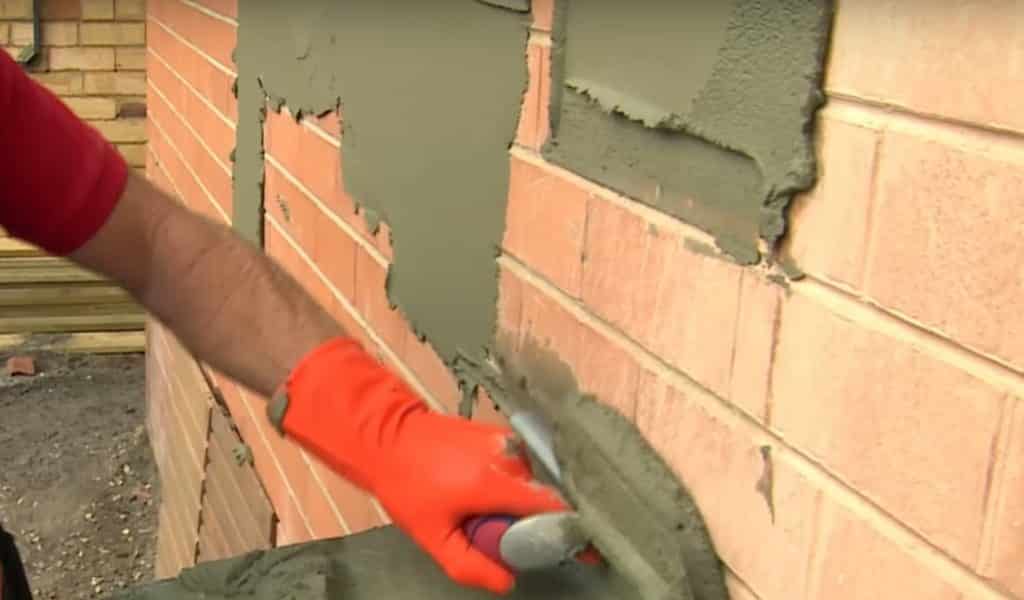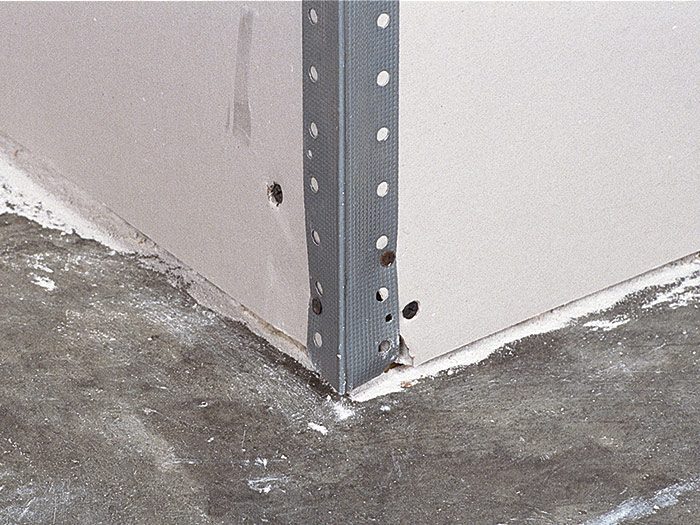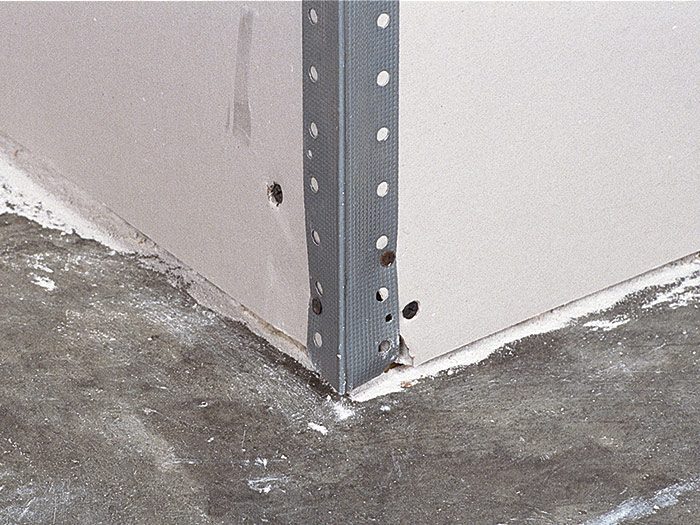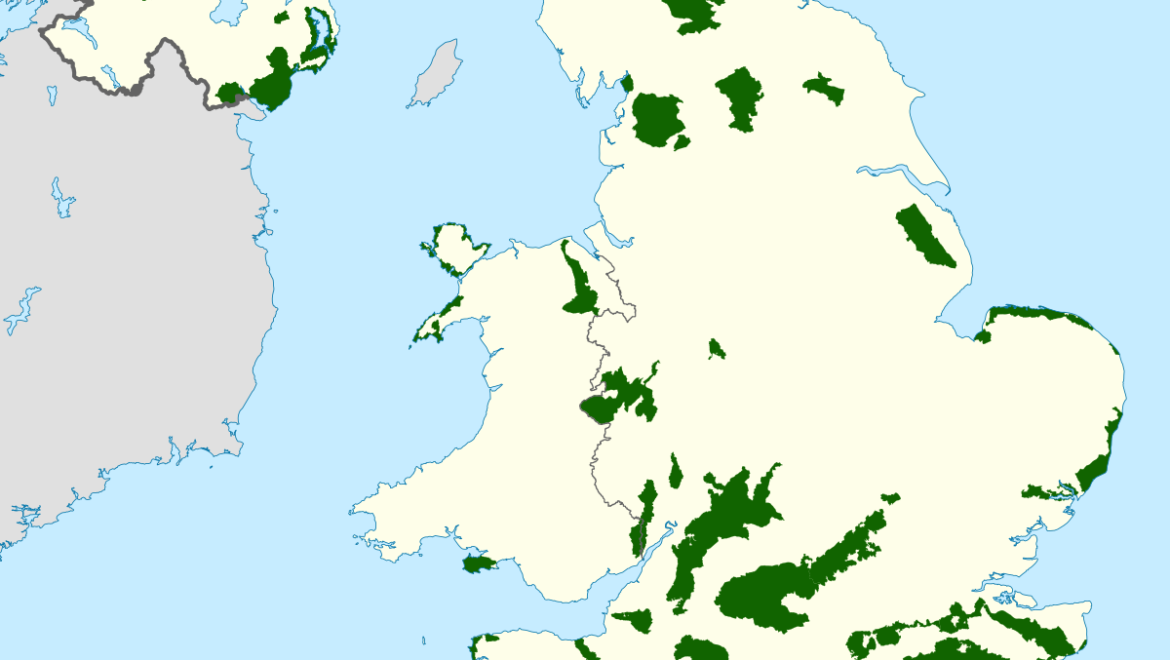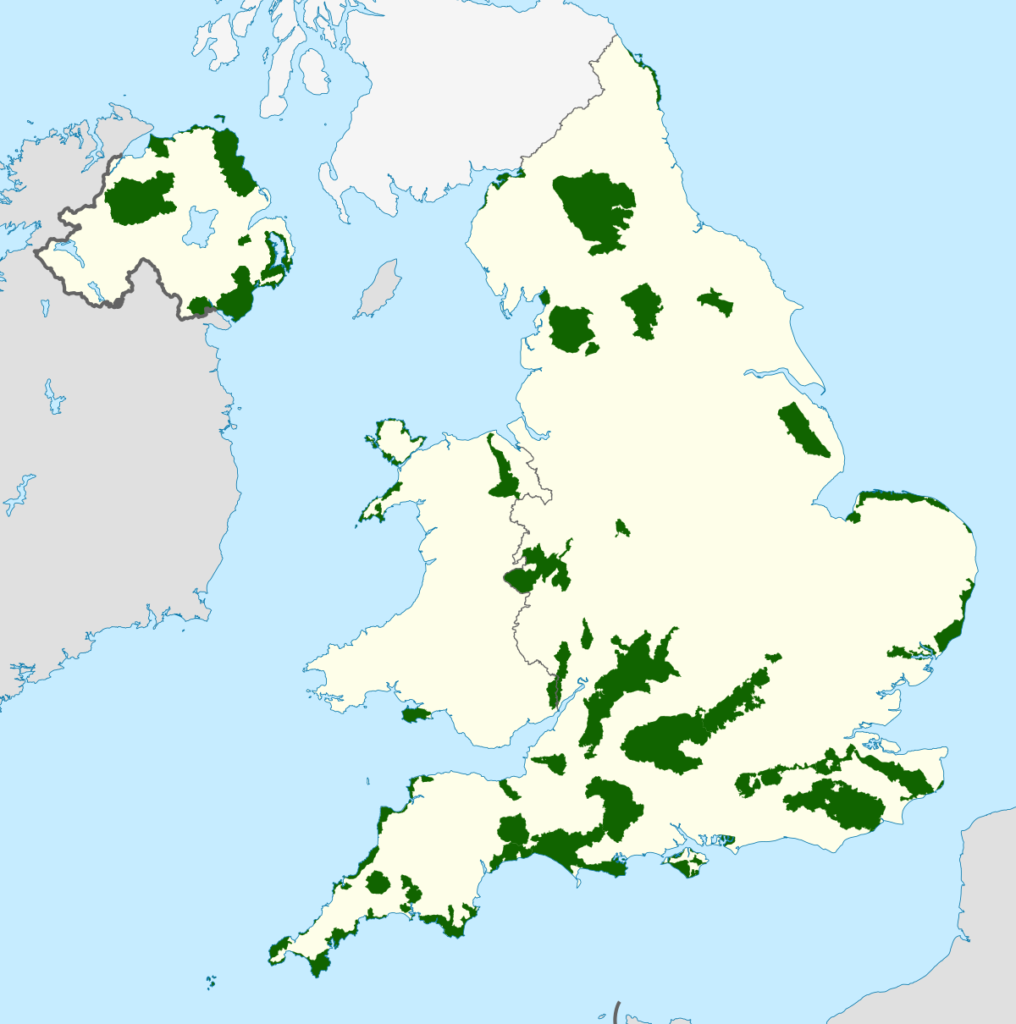How to protect your home from flash flooding
It’s impossible to completely flood proof your home, but there is a lot of things you can do to lower the flood damage. Here is a list of improvements that could help you during this stressful time.
Firstly, what is a flash flood?
A flash flood is a flood caused by heavy or excessive rain in a short period of time, usually less than 6 hours. Flash flooding happens when rain falls so fast that the underlying ground cannot cope, or drain it away fast enough. Roads can become like rivers and if there is a lot of water, it can flood buildings and carry cars away.
How to identify if you live in a flood risk area –
The quickest and easiest way to find out if your house is in a high-risk area, is to check a flood risk map. There are environment agencies that provide live maps which give information about long tern flood risks to properties.
Some improvements you can make to your home –
- Stock up on sandbags – sandbags are a simple, but effective way to prevent or reduce flood water damage. The sandbags can act as a barrier to divert moving water.
- Raise the height of electrical sockets to at least 1.5m above ground floor level. However, this is not always practical and it can cost around £1,000 – £4,000.
- Raise your household appliances. Putting your appliances on raised plinths is an easy way to keep them out of the water and from getting damaged.
- Separate the electrical circuit for upper and lower floors.
- Installing shelves. You should place valuable and sentimental items on the shelves to keep them out of reach from the water.
- Have tiles on the ground floor. Carpets can get ruined by the water, so its best if you install tiles on the ground floor.
- Landscaping – the outside areas of your home can be designed in order to divert the water away from your home.
